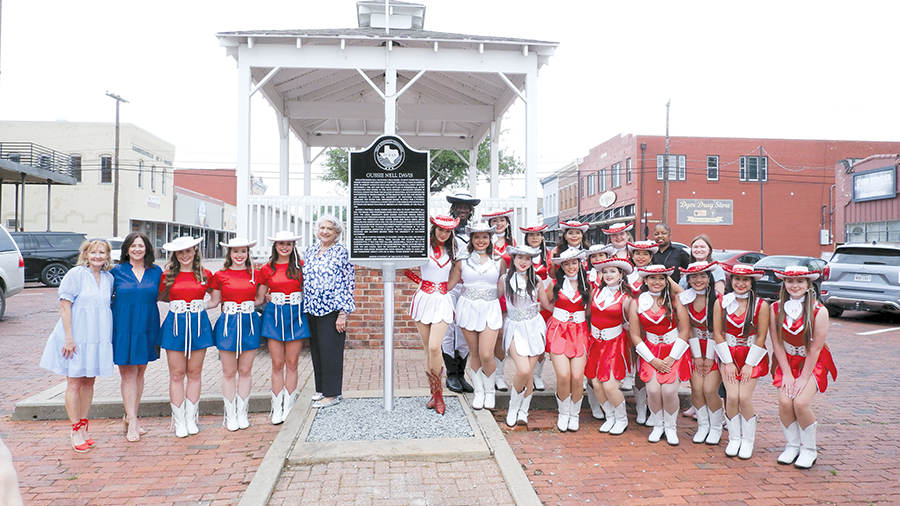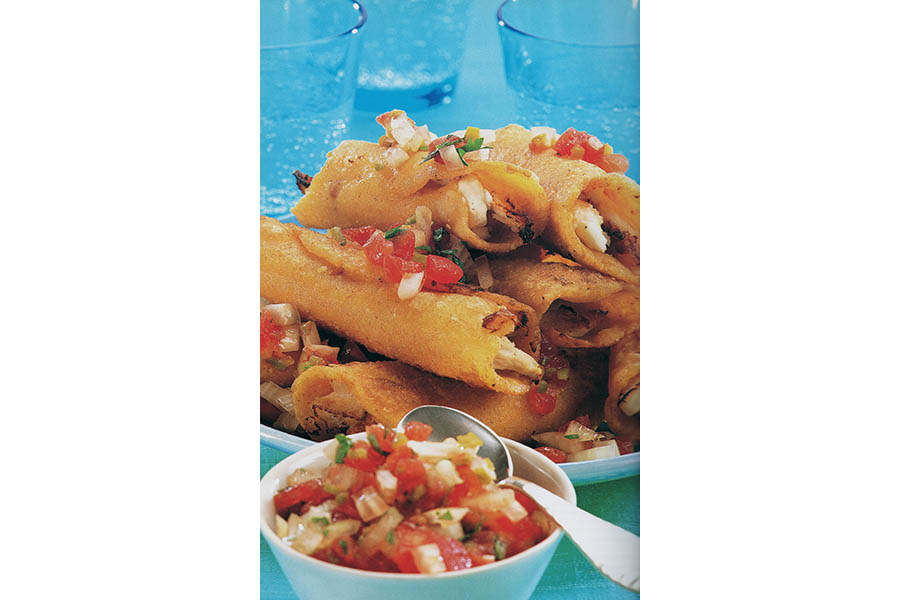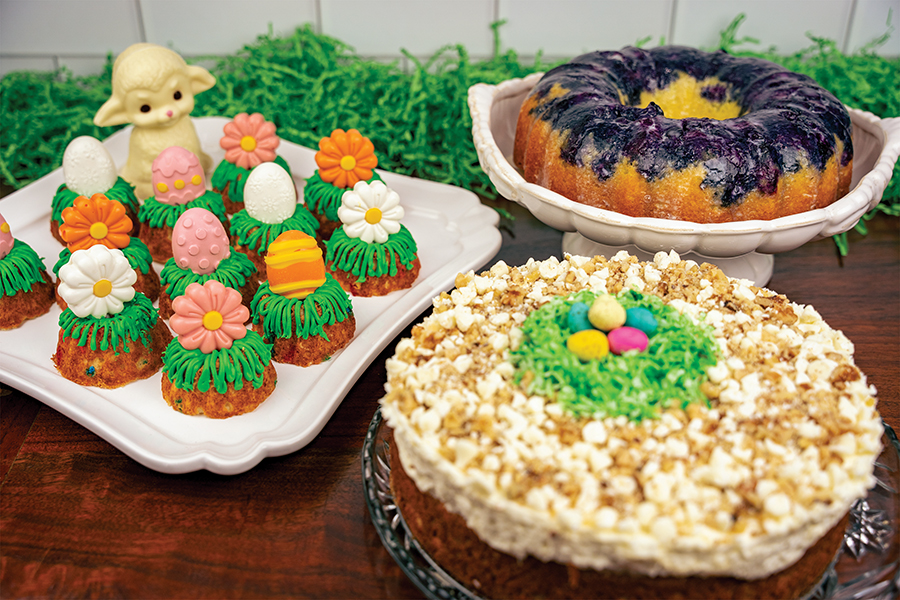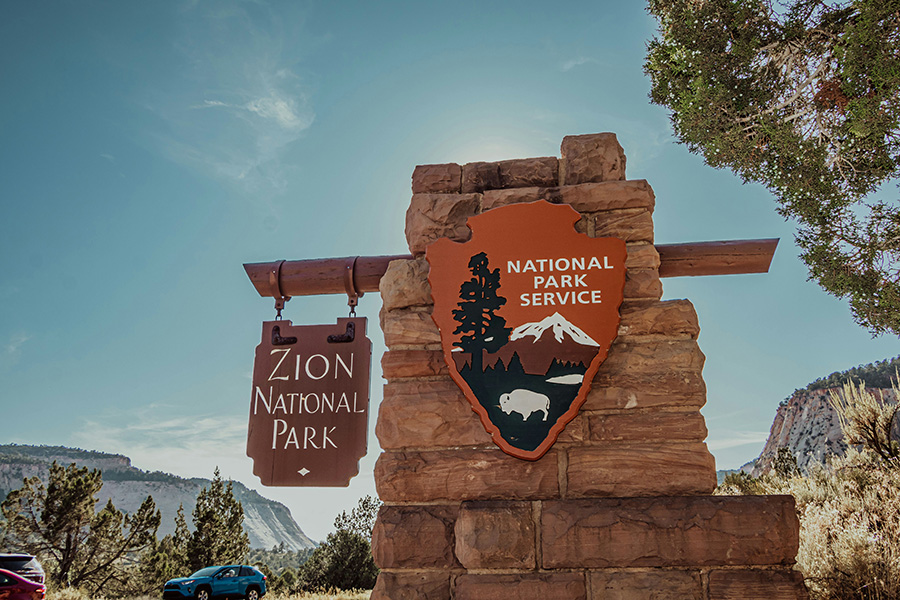It’s easy to overlook them as we go about our busy lives, but pollinators are some of the most essential—and unsung—workers in our ecosystems. The next time you stop to smell the roses, take a closer look. You might spot a bee, butterfly, or even a beetle helping that bloom along.
Though pollen often gets a bad rap during allergy season, it’s vital to both plant and animal life. According to the Ecological Society of America, pollen contains a plant’s male sex cells, which must be transferred to the stigma of the same or another flower to produce seeds and fruit. While some plants self-pollinate or rely on wind, most depend on pollinators to make reproduction possible.
So who are these pollination pros?
Bees—both wild and domestic—are the most well-known, but pollinators also include butterflies, moths, beetles, flies, wasps, birds, and even bats. The Xerces Society for Invertebrate Conservation estimates that between 200,000 and 300,000 invertebrate species around the world help transfer pollen.
Their work doesn’t just support pretty flower beds. Pollinators play a crucial role in food production. The USDA reports that more than 100 crops grown in the United States rely on pollinators, including blueberries, almonds, vanilla, pumpkins, coffee, and even chocolate. Around 75% of all flowering plants depend on animal pollinators to reproduce.
North American bees are often solitary and non-aggressive, meaning they don’t live in colonies or sting unless provoked. These quiet workers are perfectly content going about their business near humans, making them ideal garden guests.
Pollinators, however, are facing serious challenges. Habitat loss, pollution, climate change, disease, and pesticide use have all contributed to sharp declines in species like monarch butterflies, honeybees, and native bumblebees. Fortunately, gardeners and homeowners can make a difference right in their own backyards.
Create a
Pollinator Paradise
One of the best ways to help pollinators is by planting a diverse, pesticide-free garden that provides food and shelter throughout the growing season. Native plants are ideal because they’ve evolved alongside local pollinators and meet their specific needs.
Here are some top picks to attract and support pollinators:
• Milkweed – Essential for monarch butterflies, which lay eggs only on milkweed.
• Bee balm – A favorite of hummingbirds and bees; produces vivid blooms.
• Black-eyed Susan – Hardy and reliable, this cheerful flower attracts bees and butterflies.
• Lavender – Offers nectar for bees while providing a fragrant bonus for gardeners.
• Coneflower (Echinacea) – Popular with butterflies and bees; blooms last all summer.
• Salvia and Sage – Loved by hummingbirds and bees; thrives in Texas heat.
• Yarrow – An easy-care perennial that draws many types of insects.
• Sunflowers – Provide pollen, nectar, and seeds for birds and bees alike.
Also consider adding flowering shrubs like buttonbush, spicebush, and Texas sage, which provide shelter and extended foraging opportunities.
Additional ways to help include installing bee and bat houses, leaving a small patch of bare ground for ground-nesting bees, and avoiding chemical pesticides. Even planting in containers can help if space is limited.
Pollinators are not just garden guests—they’re guardians of our food supply and floral diversity. By supporting them, we’re investing in a healthier, more vibrant world for generations to come.
By Carrie Dunlea, Special Contributor
For more stories about the Wylie community see the next print, or digital edition of The Wylie News. Subscribe today and support local journalism.

![WIA_CSMedia_300x250[6] NTMWD 2025 Summer](https://wylienews.com/wp-content/uploads/2021/11/WIA_CSMedia_728X907.jpg)
















0 Comments